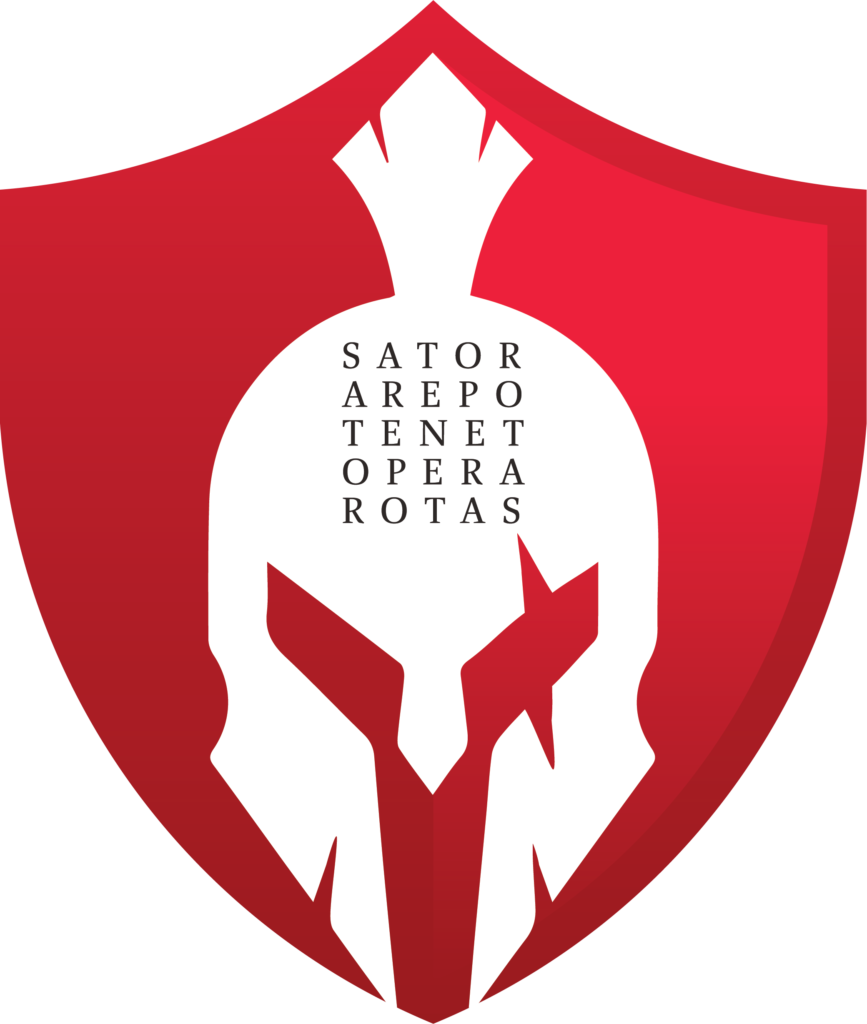Identify, inventory, and assess potential security centric issues in technology infrastructure.
Not only does this help you identify vulnerabilities, but you can gauge how effective your build standards and processes are. See if your vulnerability management program and patching cycles are being applied appropriately. Vulnerability asessments help you get an understanding of what you have, where it is, and the attack surface it exposes.

Our Focus
The first step in understanding your threat landscape is to see what you have to work with.
Network
Leverage automation to identify known vulnerabilities in network clients and servers; validated with manual analysis.
Web Application
Ensure the fundamental functionalities of your application are assessed to identify vulnerabilities and misconfigurations at a high level.
Attack Surface
Identify threat landscape and perform continued automated analysis; curated high impact findings are manually scrutinized.
Cloud

Network Vulnerability Assessment
Vulnerability assessments are an important aspect of an organization’s security program. This type of assessment activity helps to collect and inventory systems and applications across the IT landscape. Performing vulnerability assessments helps organizations gauge the efficacy of their vulnerability and risk management programs.
Rotas’ vulnerability assessment methodology aligns with, and combines many industry best practice frameworks, to include the Open Source Security Testing Methodology Manual (OSSTMM), as well as NIST CSF. These assessments are typically performed using automated and manual methods to first identify network systems. Then, the various ports, protocols and services running on those systems are enumerated. Lastly, vulnerabilities are identified and mapped to systems to give a snapshot in time of an organization’s technical security posture. Steps are taken to validate findings and attempt to remove false positives.
Web Application Vulnerability Assessment
Web app vulnerability assessments can be useful as “smoke tests” to identify known vulnerabilities in application functionality. This is typically done faster, and prior to more rigorous application testing, such as penetration testing or source code analysis. This process focuses specifically on identifying and analyzing potential security weaknesses within web applications that can be identified quickly, or via automation.
The Rotas web application vulnerability assessment methodology incorporates elements from established frameworks such as the OWASP Testing Guide and the Web Application Security Consortium (WASC) standards. The assessment begins with an automated and manual mapping of the application’s architecture, including both client-side and server-side elements. Automated scanning tools are employed alongside manual testing to uncover a wide range of vulnerabilities, from common issues like SQL injection and cross-site scripting (XSS) to more complex logic flaws and misconfigurations. The identified vulnerabilities are then carefully analyzed and correlated to the web application’s unique context, providing a detailed and accurate reflection of the application’s current security status.


Attack Surface Management
Attack Surface Management (ASM) is a proactive and continuous approach to monitoring and vulnerability assessment. The Rotas ASM offering is designed to provide a holistic view of the organization’s external attack surface, identifying IP addresses and hosts, and performing continuous vulnerability scanning. New flaws are brought to the attention of dedicated analysts who manually review new or high-risk items.
In our ASM approach, we utilize a blend of proprietary, and open source technology and expert analysis to continuously discover, inventory, and assess external-facing assets and vulnerabilities. This includes not just traditional IT infrastructure, but also cloud services, IoT devices, and third-party exposures. By leveraging automated scanning technologies and bespoke intelligence gathering via feeds and sources relevant organizations’ industries, we are able to identify and evaluate risks posed by exposed services, open ports, and other potential vulnerabilities.
Cloud Vulnerability Assessment
Cloud-centric Vulnerability Assessments are tailored to address the unique security challenges presented by cloud computing environments. This assessment is for organizations leveraging cloud services, as it ensures that their cloud infrastructure, platforms, containers, storage, functions, and applications are secured following best practices.
Our methodology for Cloud Technology Vulnerability Assessment encompasses a evaluation of both the configuration and the security posture of cloud environments, including Infrastructure-as-a-Service (IaaS), Platform-as-a-Service (PaaS), and Software-as-a-Service (SaaS) models. We align our approach with key industry standards and best practices, such as the Cloud Security Alliance (CSA). The assessment begins with a comprehensive inventory of all cloud assets, followed by an in-depth analysis of cloud configurations, identity and access management policies, network architecture, and data storage security. We employ advanced automated tools, supplemented by expert manual review, to uncover vulnerabilities ranging from misconfigurations and inadequate access controls to more complex issues like insecure APIs and potential compliance gaps


WHY ROTAS?
We use an adversary’s perspective to simulate cyber attacks on systems to uncover vulnerabilities.
- Expertly apply adversarial perspective
- Our hacker consultants have an average of 10+ years experience
- Specialists in crafted, artisanal network packets
- Cross-industry expertise; we’ve seen things and hacked those things
- Focused on showcasing attacker techniques and methods to mitigate